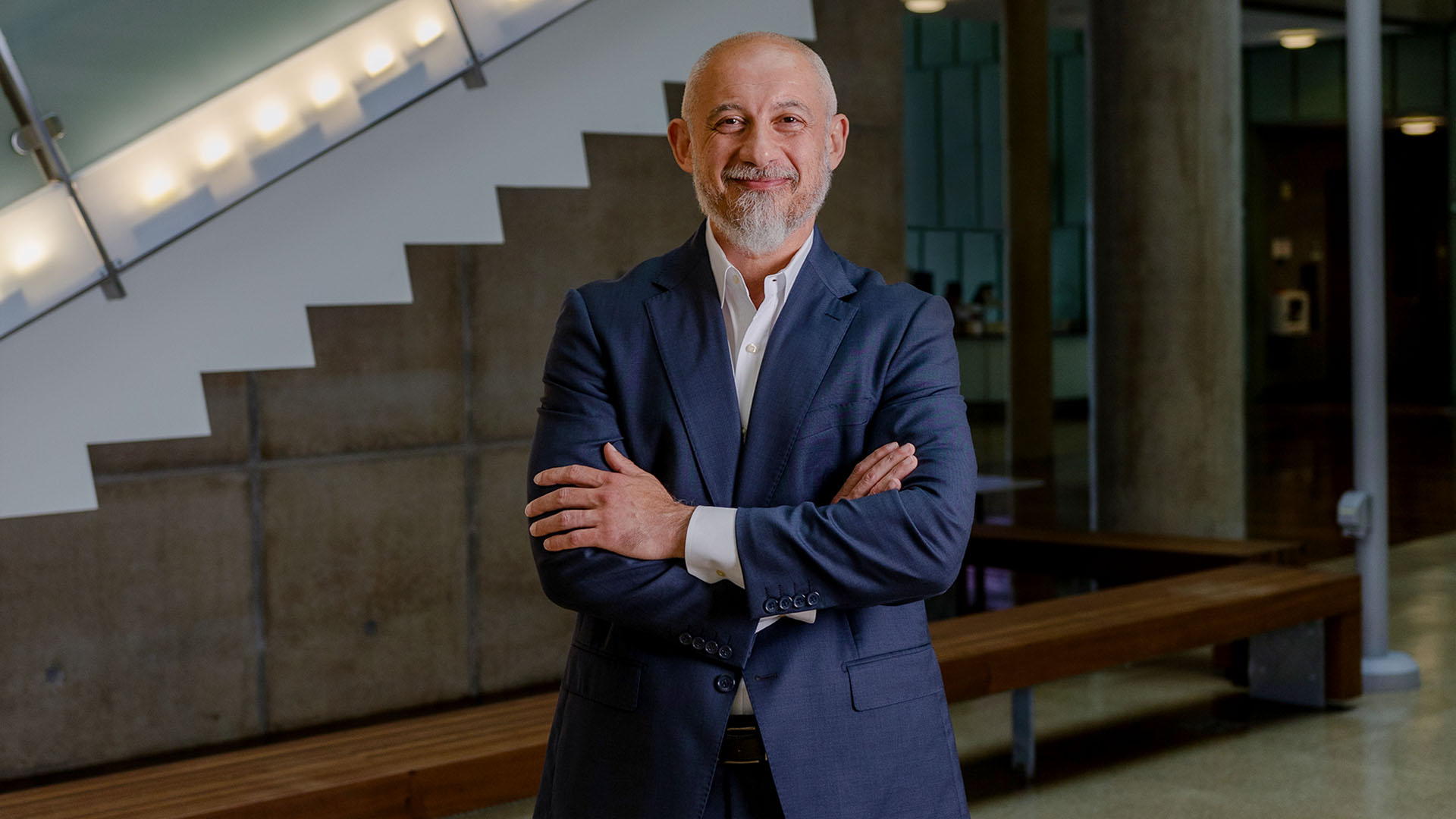Email: [email protected]
Phone: 713-486-4848
Several clips of Information Technology related duties ending with Amar Yousif, MBA the Vice President and Chief Information Officer, UTHealth Houston
Empowering students and faculty with cutting-edge technology solutions and support. Your success is our mission.
Email: [email protected]
Phone: 713-486-4848
See updates or developments that are pertinent to UTHealth Houston Information Technology employees, such as upcoming events, changes in your team’s procedures or processes, or new resources that may be relevant to your colleagues.

Amar Yousif, MBA, vice president and chief information officer for UTHealth Houston, provides leadership for and oversight of the IT Department. The chief information officer is the primary liaison to The University of Texas System and the Texas Department of Information Resources. The CIO represents IT on various councils, committees, and task forces.

Phone: 713-486-4848
[email protected]
Hours of operation
Monday - Friday, 7am - 7pm
Saturday, 8am - 5pm